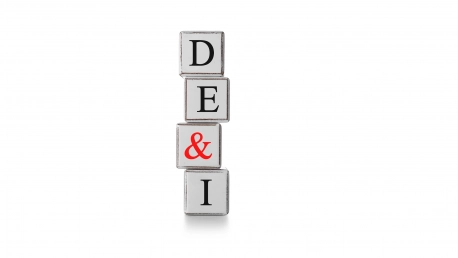Diversity, Equity, and Inclusion (DEI) initiatives are increasingly recognized as crucial elements of effective corporate compliance and safety programs. These proactive steps ensure that companies not only comply with applicable laws but also embrace a culture where all employees feel valued and safe. The intertwining of DEI with compliance and safety has sparked legal scrutiny as well as internal audits to ensure effectiveness and legal adherence. Understanding how DEI strategies are integrated into the workplace can provide significant insight into their impact on compliance and the well-being of an organization.
1. Catalog DEI Programs
Every company should start by inventorying their current DEI endeavors. This initial step involves gathering detailed information about each initiative, its targeted outcomes, and how it is being executed. Reviewing the objectives of these initiatives allows for an assessment of their success in achieving a diverse and inclusive workforce. Gaining a clear understanding of these initiatives helps distinguish the effective practices from those that might require restructuring or even elimination.
2. Perform a DEI Evaluation
An in-depth DEI assessment entails dissecting the objectives of these initiatives and verifying their alignment with organizational goals. By analyzing data related to employee demographics and promotional practices, companies can address any disparities that exist. This evidence-based approach forms the backbone of a robust DEI program, ensuring that all actions taken are rooted in factual observations about the current state of workplace equity.
3. Scrutinize DEI Messaging
The communication surrounding DEI efforts must be consistent and reflective of true commitment. All DEI-related messaging, from executive speeches to training modules, must unequivocally support the diversity principles and comply with equal employment opportunity standards. Any misalignment between what is said and what is practiced can undermine the integrity of DEI initiatives and potentially result in compliance issues.
4. Foster Support from All Parties
For DEI programs to be effective, they require comprehensive endorsement from the top down. There should be a well-designed system that fosters understanding and consistent implementation. This includes empowering DEI officers, HR teams, executive leadership, legal consultants, managers, and even external partners. Their collective buy-in is essential to seamlessly integrate DEI into the company’s fabric, ensuring it complements compliance and safety measures.
5. Educate Decision-Makers
Educational programs for decision-makers about the legal boundaries and unconscious bias are paramount. Such training helps to clarify that while DEI initiatives are essential, they must be applied without resulting in reverse discrimination. It is critical that decisions impacting employment, promotions, and company culture are made free from bias and in full compliance with laws and safety regulations.
6. Document Employment Decisions
Keeping a detailed record of employment decisions not only provides transparency but also serves as a legal safeguard. Adequate documentation can prove that employment decisions were made fairly and in line with DEI principles. By illustrating the non-discriminatory rationale behind employment actions, companies can defend themselves against accusations of biased practices.
7. Examine Structural Barriers
A critical look at HR procedures can reveal hidden obstacles to comprehensive DEI. Job postings, promotion policies, and mentorship programs may inadvertently hinder diversity and inclusion. Identifying and rectifying these barriers is essential for fostering a safe and equitable workplace where all employees can thrive.
8. Address Grievances Effectively
When grievances arise, companies must respond with urgency and thoroughness. This includes training personnel on how to properly handle discrimination and retaliation complaints, applying internal policies consistently, and ensuring there are clear channels for voicing concerns safely. An effective grievance mechanism is instrumental in maintaining compliance and ensuring safety for all.
9. Update Policies Regularly
Regulatory landscapes change, and so should company policies. Regular updates ensure that DEI programs adapt to new laws and societal norms. Organizations prepared with periodic reviews can swiftly adjust to changes, maintaining compliance and employee safety.
10. Prioritize Inclusivity and Wellness
Diversity, Equity, and Inclusion (DEI) efforts have become vital to the heart of corporate compliance and safety measures. While these initiatives go beyond legal conformity, they foster a company culture that values and safeguards each employee’s contribution. The integration of DEI with regulatory adherence and workplace safety has amplified legal oversight and prompted rigorous internal evaluations to affirm both effectiveness and regulatory compliance. Gaining insights into the fusion of DEI principles within company operations enlightens us about their positive influence on legal compliance and the overall health of an organization. This blend has become a critical endeavor for companies aiming not just at risk mitigation but at creating supportive and resilient workplaces. As firms navigate these waters, there’s a growing focus on crafting DEI measures that resonate authentically with employees and align with broader corporate ethics and safety objectives, enhancing organizational integrity and employee experiences.









